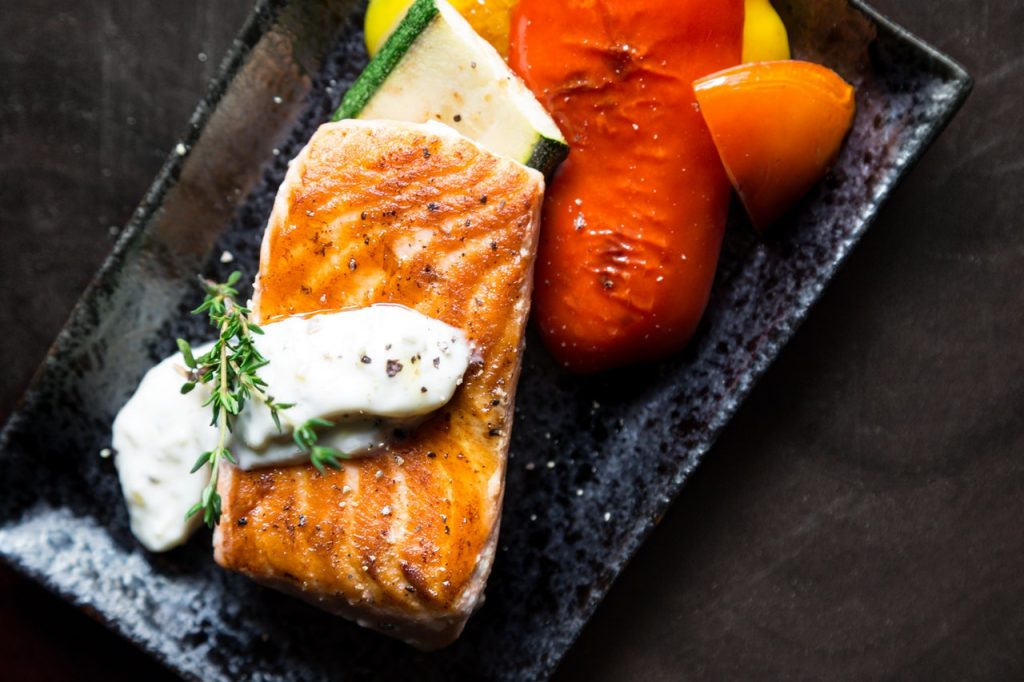As we discussed in the previous article, your blood level of vitamin D should be around 75 nmol/L (30 ng/mL) to optimize bone health and minimize the risk of disease. To meet this target, most healthy adults should get about 800-1000 IU of vitamin D daily, from any combination of sunshine, food, and supplement sources.
Sunshine is the best vitamin D source

Many people can meet their daily vitamin D requirements through sunshine alone. It depends on what climate you live in, how much time you spend outdoors without clothing or sunscreen, how old you are, how healthy you are, and how dark your skin tone is. Check out our previous article to see which of these factors make it more likely that you’ll be deficient.
In general, a good rule of thumb is to get about 10-20 minutes a day of midday sun with face, arms, hands, and legs uncovered by clothing or sunscreen.
You can get vitamin D from food
Another natural source of vitamin D is certain foods. Here is a list of the best sources to consider. Those of you who don’t get enough vitamin D from sunshine should pay close attention.
- Trout (759 IU per 100 g)
- Salmon (670 IU per 100 g)
- Sardines (177 IU per can)
- Eggs (37 IU per egg)
- Beef liver (50 IU per 100g)
- Canned tuna (47 IU per 100g)
- Cheddar cheese (43 IU per 100g)
You can also get vitamin D2 from mushrooms, but note that it’s a less potent form than vitamin D3 found in the animal products mentioned above and produced in your skin from sunshine. Go for wild mushrooms if you want to get a decent amount of vitamin D2 because most commercially grown mushrooms contain almost none.

What vitamin D supplement to choose?
There are plenty of different ways to supplement vitamin D, but the most important aspect is which form the vitamin comes in. There are two main ones:
- Vitamin D2 (ergocalciferol) – Made from yeast or mushrooms. It’s vegan friendly but less potent.
- Vitamin D3 (cholecalciferol) – Made from sheep’s wool lanolin. Typically, it does a better job of optimizing vitamin D levels.
Unless you’re vegan or avoiding all animal products for different reasons, it’s probably better to choose supplements that include cholecalciferol, vitamin D3.
Just keep in mind that supplementing vitamin D when you’re not deficient has almost no beneficial effects and in rare cases may lead to toxicity, bone loss, and negative effects associated with high calcium levels such as loss of appetite, nausea, tiredness, weakness, muscle pain, and confusion. It’s very unlikely to “overdose” on vitamin D from food, but supplements can allow you to mega-dose, and that’s where potential issues could arise.
How to proceed?
Before you get too worried, here is a safe three-step process for anyone considering vitamin D supplementation.
- If possible, get enough vitamin D from safe sun exposure and food.
- If you suspect deficiency, ask your doctor for a blood test.
- Consult your doctor whether it’s a good idea to supplement and what dose is right for you.





